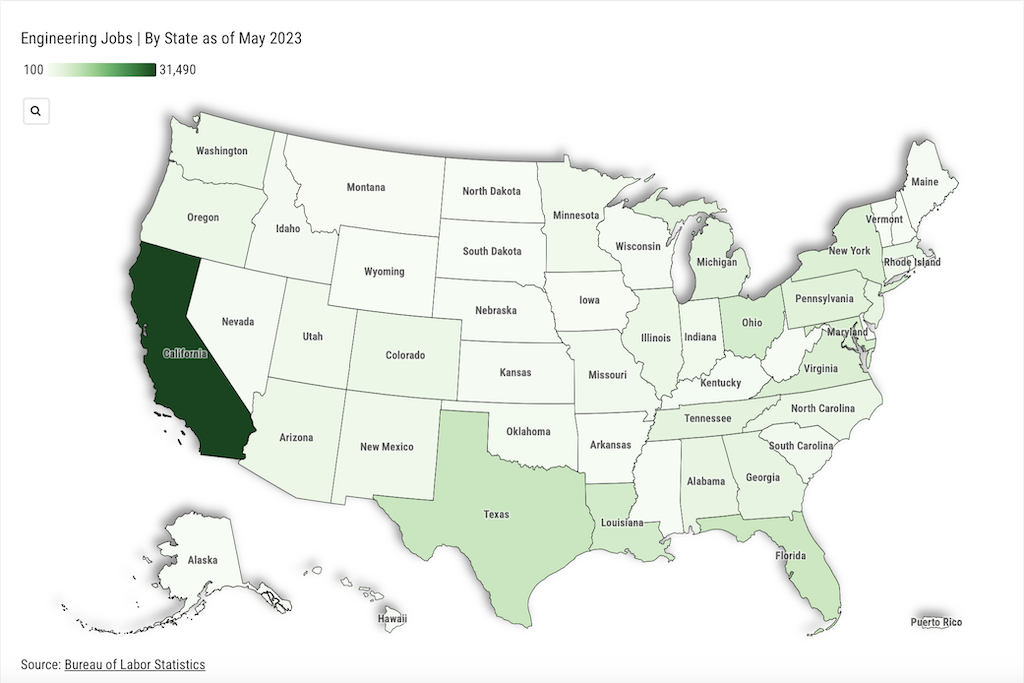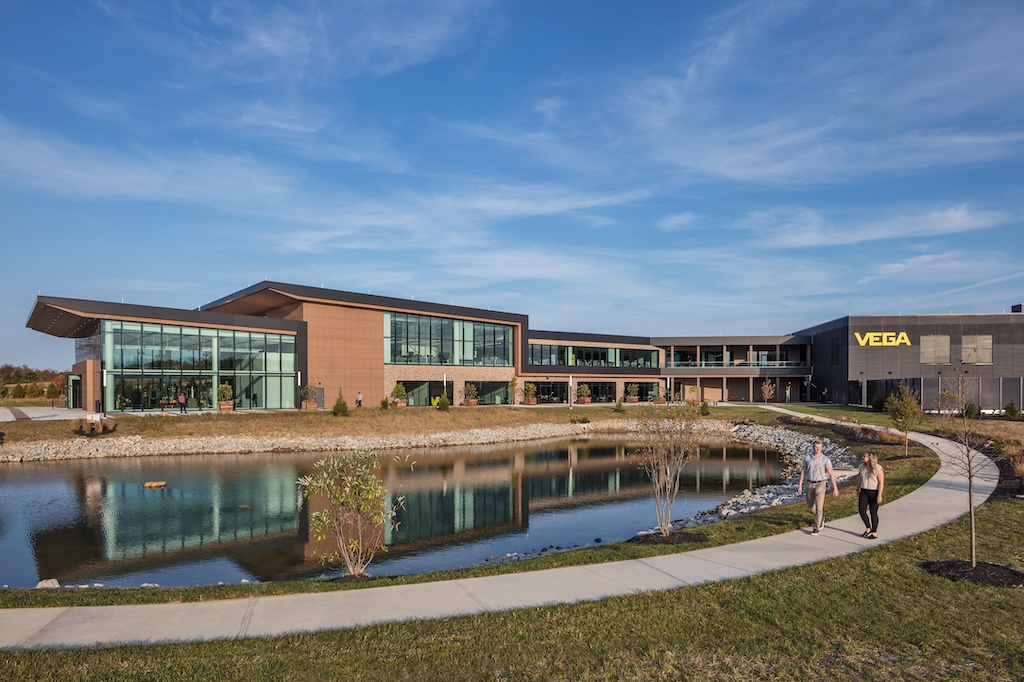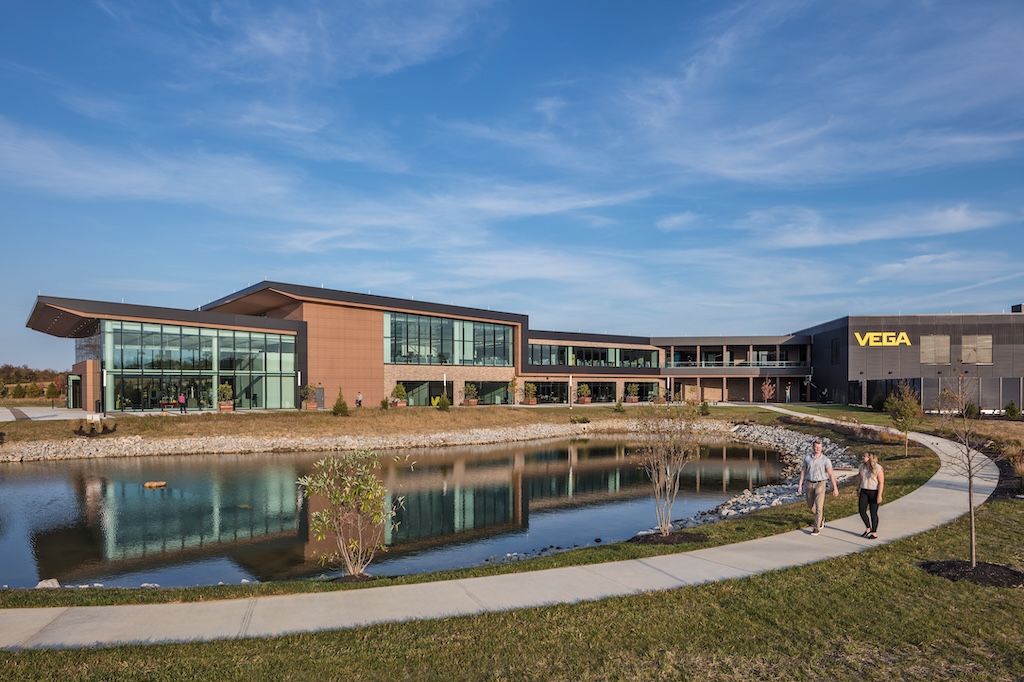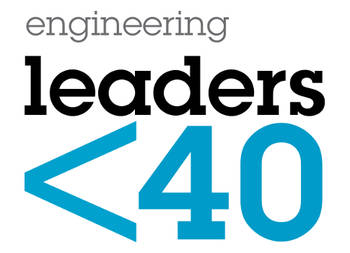IR thermography is used widely in predictive maintenance and numerous engineering applications. Plant engineers use it to detect leaks, electrical faults, and moisture concentrations in building materials before they become serious and expensive to repair.
|
IR thermography is used widely in predictive maintenance and numerous engineering applications. Plant engineers use it to detect leaks, electrical faults, and moisture concentrations in building materials before they become serious and expensive to repair.
Accurate, reliable, and repeatable temperature data provide the basis for a successful thermography program. These data serve as the basis for the corrective action decision-making process: delaying repairs, taking equipment offline for emergency repairs, or other appropriate action.
There are two tacit requirements for obtaining good data: (1) a camera system with the capabilities needed to successfully perform all required tasks and (2) thermographic training, ideally culminating in operator certification by a reputable training organization.
Understanding specifications
When an organization commits to establishing an inhouse IR thermography program, it is vital that it purchase a camera system that will meet all requirements and expectations for all critical targets and conditions that will be encountered. The right camera can yield a total payback in a single incident. Making the wrong choice can be a waste of time and money.
Making the right purchase decision requires making a list of all targets and measurement conditions and understanding camera specifications in terms of the tasks that will be performed (see “Basic IR camera performance specifications and relevant questions”).
How much accuracy?
A first step is to create a list of all the targets in the plant that will be inspected with the camera. Prioritize each target in terms of its criticality to your operation, the safe or available minimum working distance to each, ambient conditions, the thermal contrast of all targets and their surroundings, and the frequency with which each target will be inspected.
Be sure to consider additional equipment and processes that may be brought into the plant in the future. For which targets and under what conditions should complementary inspection methods such as oil analysis, ultrasound, vibration analysis, and motor circuit analysis be used?
Assuming that the skill of the thermographer is at a high level, temperature measurement accuracy depends on the overall performance of the camera system — its optics, focal plane array (FPA) detector, and electronics — and on key target-related factors (see “Target-related factors affecting temperature measurement accuracy”).
Ultimately, the overall usability and accuracy of the IR camera itself is influenced by three factors:
Sensitivity — the camera’s ability to acquire, detect, and measure the target image temperature. A highly sensitive camera will enable surveys to be conducted under less-than-ideal conditions.
Measurement resolution (sometimes called measurement spot size ratio )— the camera’s ability to focus the target spot on enough pixel elements of its FPA detector to enable the camera to differentiate the target from its background and accurately measure its temperature.
Signal processing electronics performance — the ability of the camera’s scanning and processing electronics to interpret and integrate the signal generated by the FPA at which the target spot is processed by the camera’s electronics (Fig. 1).
The faster the electronics integrate these signals, the better. For example, a 60-Hz scanning frequency will yield a much sharper image that is easier to analyze than a 20-Hz frequency, particularly when the target spot is small and/or moving relative to the camera.
Questions to ask
How much sensitivity is needed? The sensitivity of an IR camera is sometimes expressed as Noise Equivalent Temperature Differential (NETD), which is the smallest temperature differential that the camera can detect under stated conditions. NETD is determined under laboratory conditions, and actual camera performance should be assessed in the context of the application. If the camera must be used in both low and high-temperature regimes, be sure it can compensate for all conditions likely to be encountered.
How much resolution is needed?
Measurement resolution is extremely critical to accuracy and can be described as the smallest target spot size that can be reliably and accurately measured by the camera. The further the operator moves away from the target, the smaller the target appears and the harder it is to accurately measure its temperature.
Resolution can be described as the ability of the camera to accurately measure the temperature of a certain diameter target spot at a maximum distance. The ratio of the maximum distance at which a camera can accurately resolve and measure a minimum spot size to the spot size itself is called the camera’s maximum distance to spot size ratio or simply spot size ratio . Cameras that have interchangeable lenses can change the spot size ratio by changing camera optics.
A telescopic (sometimes called telephoto) lens provides greater magnification of the image on the FPA than a wide-angle lens, but it cannot focus on nearby objects. In practical terms, a telescopic lens is required to measure small targets at great distances; a wide-angle lens is needed to focus on nearby objects or survey large areas quickly.
Able to focus at all working distances? Examining small and distant targets such as bearings on overhead conveyor systems, insulators in outdoor substations, and hot spots on steam traps or overhead buses requires a long-focus telescopic lens to project the target image on at least a 3 X 3 pixel area on the FPA (Fig. 2).
If the same camera must be used to inspect an electrical connection or a section of 16-gauge wire in close quarters that require the camera to be only 18 in. away, a different lens is required to accommodate the short working distance as well as the small target spot size.
What is scan speed? The speed with which the camera electronics scan the FPA pixel element signals is analogous to the shutter speed on a video camera. The faster the scan speed, the sharper will be the image of targets that are moving relative to the camera and the more accurate the temperature measurement.
What is the ambient temperature range? The camera must be accurate over the entire temperature range of targets and conditions encountered, especially if readings are to be archived and used to trend temperature variations on equipment in variable temperature environments over time. Insist on a specification of accuracy that is maintained over the entire temperature range that will accommodate the targets, such as:
Beware a camera with a specification of thermal measurement accuracy that is tied to one ambient temperature, such as: “
Try before you buy
Choosing the right infrared camera requires understanding the full range of target variables — their size, distance, infrared characteristics, and environmental factors. It also requires understanding requirements in terms of camera sensitivity, resolution, and accuracy.
The best advice to follow is to try before you buy. Camera specifications are generated under laboratory conditions. To confirm that a camera system performance meets your needs, insist on a demonstration at your facility and on typical targets, and ideally in the hands of your own thermographer.
Remember, purchasing the right camera can yield a total payback in a single incident. However, purchasing on price alone can be a waste of time and money.
More info
If you have any questions about selecting an IR camera call Leonard A. Phillips at 978-901-8109. Article edited by Joseph L. Foszcz, Senior Editor, 630-288-8776, [email protected]
Basic IR camera performance specifications and relevant questions
Imaging performance
Minimum measurement spot size resolution Can the camera fully resolve and accurately measure the temperature of the smallest targets at the working distances and ambient conditions that will be encountered?
Optics Does the camera come with a lens that can focus on and enable full resolution of all targets?
If not, can the lens be changed to focus on targets at different distances?
Sensitivity Can the camera clearly differentiate between the most subtle temperature differences that will be encountered?
Can the sensitivity be reduced for use with extreme temperature ranges?
Resolution-clarity of images produced under all ambient conditions Can the camera produce images that are sharp and readily interpreted by eye?
Video output/input Can the camera be connected to a monitor to see the target enlarged in real-time?
Can the camera be connected to a video recorder to capture a measurement procedure?
Can a GPS receiver be connected to the camera video input and overlay thermal data with GPS location data?
Onboard video capability Can the camera record and playback a full-motion video of objects in motion?
Onboard visible photographic capability Can the camera record visible light images of targets?
Image presentation
Onboard display Is the display clear and readable?
Does the camera have a detachable display screen or support a wearable, heads-up display option for safe and convenient viewing in difficult environments?
Backlighting option Does the display have backlighting for low light conditions?
Measurement performance
Temperature ranges Is the camera able to measure targets at all temperatures that will be encountered?
Sensitivity and accuracy over stated temperature ranges How accurate are the camera’s measurements over the entire range of temperatures?
Can it discriminate between all targets and their surroundings?
Does it automatically adjust to ambient temperature changes to maintain accuracy?
Measurement modes Does the camera offer measurement tools such as moveable spot, area maximum, area minimum, area coverage, and color alarm above and below a value that can be set?
Setup controls Is it easy to set and adjust date/time, C/F, language options, scale, high and low temperature alarming, cursor size and number, information field, and on-board display brightness?
Measurement corrections Can emissivity and reflected apparent temperature be manually set?
Special features and accessories Does the camera have on-board, post-processing capabilities?
Is a range of post-processing software available?
Can easy-to-use software be added for post analysis and report generation?
Does the camera have a laser target designator?
Are there accessories such as a heads-up display (HUD), spark shield, and sun shield?
Is there a 12 Vdc recharger that can be used in a vehicle and a separate battery bay recharger?
Is there a range of filters?
Can the camera operate without batteries using a 12 Vdc or 120 Vac power source?
Is a carrying holster available?
What does the camera weigh?
Target-related factors affecting temperature measurement accuracy
Working distance to target
Can the camera accurately measure the target at working distances?
Is there a high temperature, high voltage, or other condition that keeps the operator at a relatively great distance?
Is the target very small and also at a great distance, such as a line splice on a transmission pole?
Do large areas have to be covered quickly, as in roofing inspections?
Does the camera accept lenses with different fields of view to accommodate normal, telescopic, and wide-angle imaging requirements?
Target emissivity Can the camera be adjusted to compensate for different target emissivities?
Thermal differential between target and background Is the camera sensitive enough to distinguish the target from its surroundings?
Reflected apparent temperature (uncompensated reading with all radiation reflected from the target, regardless of its source)
Operator experience and a thorough understanding of the IR characteristics of the target and its surroundings best do compensating for reflected radiation.



